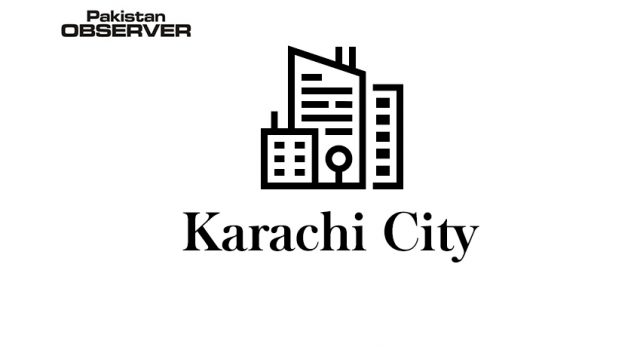While Karachi’s Central and Korangi districts rank second and fourth on the list of Pakistan’s districts with the highest literacy rate, according to the National Census 2017 report the Pakistan Bureau of Statistics released last year, a 2019 report reveals that the city has 276 public schools with zero students.
The Reform Support Unit (RSU) of the Sindh School Education & Literacy Department conducted a census in 2019.
The subsequent report shows that out of the total 2,844 schools in the city, 276 (9.7 per cent) have zero enrolment, but 317 teachers are employed at these institutes.
Educationists are of the view that after the emergence of the Covid-19 pandemic in 2020, the number of such public schools is likely to be higher than the one mentioned in the census report, because during the lockdowns, even the dropout rate at established schools had increased.
The statistics provided by the Directorate of School Education Karachi show zero enrolment at 119 co-educational schools, 119 boys schools and 38 girls schools in the city.
The data shows that these schools even have the basic facilities such as toilets, boundary walls, furniture, potable water and electricity.
Out of the 601 schools in District Central, 71 (11.81 per cent) have zero enrolment, but 129 teachers are employed at these institutes, of which 30 are co-educational schools, 30 are boys schools and 11 are girls schools.
Out of the 663 schools in District Malir, 73 (11.01 per cent) have zero enrolment, but 38 teachers are employed at these institutes, of which 39 are co-educational schools, 24 are boys schools and 10 are girls schools.Out of the 325 schools in District South, 35 (10.77 per cent) have zero enrolment, but 58 teachers are employed at these institutes, of which 11 are co-educational schools, 21 are boys schools and three are girls schools.
Out of the 279 schools in District East, 26 (9.32 per cent) have zero enrolment, but 44 teachers are employed at these institutes, of which six are co-educational schools.
Seventeen of them are boys schools and three are girls schools.Out of the 411 schools in District Korangi, 31 (7.54 per cent) have zero enrolment, but 33 teachers are employed at these institutes, of which 18 are co-educational schools, nine are boys schools and four are girls schools.
Out of the 565 schools in District West, 40 (7.08 per cent) have zero enrolment, but 15 teachers are employed at these institutes, of which 15 are co-educational schools, 18 are boys schools and seven are girls schools.This January the education department had closed 4,901 unviable schools across the province because, according to the officials, they lacked proper buildings, had poor enrolments and were facing a shortage of teachers.
One hundred and fourteen of those schools were closed in Karachi: 53 in District Malir, 15 in District Central, 14 in District West, 12 in District South, nine in District Keamari, seven in District Korangi and four in District East.










